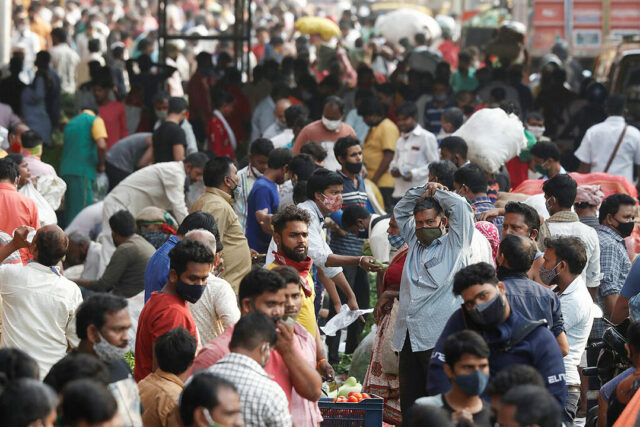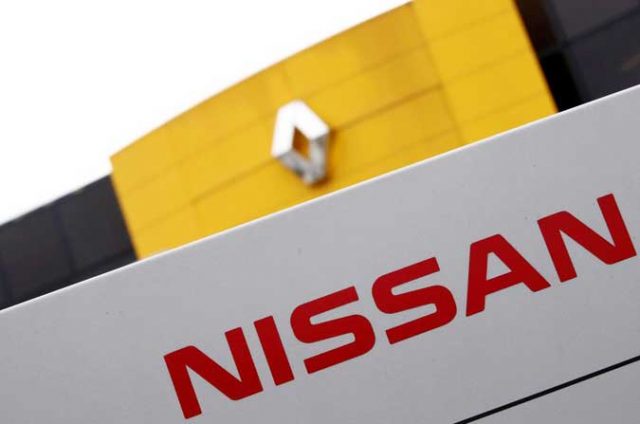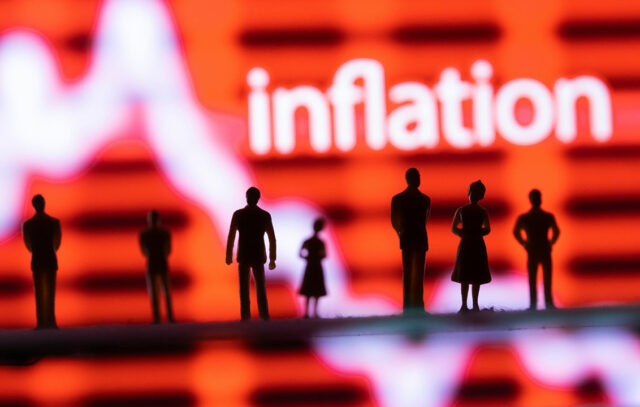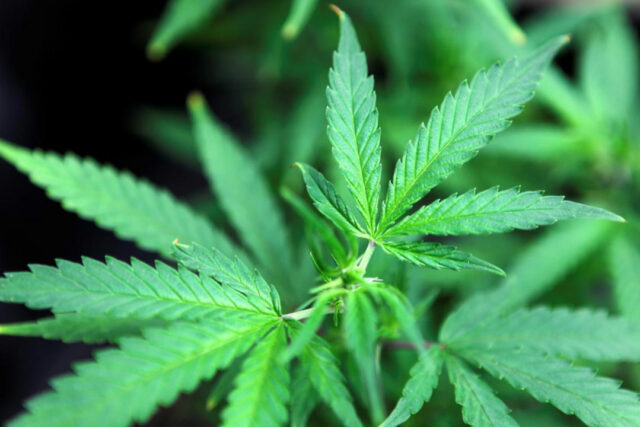WASHINGTON – U.S. consumer prices increased by the most in nearly 1-1/2 years in January, with Americans facing higher costs for a range of goods and services, reinforcing the Federal Reserve’s message that it was in no rush to resume cutting interest rates amid growing uncertainty over the economy.
The hotter-than-expected inflation reported by the Labor Department on Wednesday was likely partly due to businesses raising prices at the start of the year, evident in a record surge in the cost of prescription medication and an increase in motor vehicle insurance.
The report followed a pattern of CPI numbers overshooting expectations every January, which some economists said suggested that the seasonal adjustment factors, the model used by the government to strip out seasonal fluctuations from the data, were not fully accounting for the one-off turn-of-year price hikes.
Nonetheless, they said the so-called residual seasonality was not responsible for all of the broad rise in prices, which offered a cautionary note to President Donald Trump’s push for tariffs on imported goods that have been panned by economists as inflationary.
Trump was elected on promises to lower prices for inflation-weary consumers. High inflation could imperil the Trump administration’s agenda, including tax cuts, which could overstimulate a healthy economy, and mass deportations of undocumented immigrants that are seen causing labor shortages and raising costs such as wages for businesses.
“The moderation we saw in consumer inflation last summer is no longer visible now,” said Scott Anderson, chief U.S. economist at BMO Capital Markets. “The problem for the Fed is this isn’t just a one-month event, but looks like a real multi-month firming of inflation pressures.”
The consumer price index jumped 0.5% last month, the biggest gain since August 2023, after rising 0.4% in December, the Labor Department’s Bureau of Labor Statistics (BLS) said.
Shelter, which includes hotels and motel rooms, increased 0.4% and accounted for nearly 30% of the rise in the CPI. That followed two straight monthly gains of 0.3%.
Food prices rose 0.4% after increasing 0.3% in December. Grocery store prices surged 0.5%, with the cost of eggs soaring 15.2%, the largest increase since June 2015. That accounted for about two-thirds of the rise in prices at the supermarket.
An avian flu outbreak has caused a shortage of eggs, driving up prices. Egg prices, which fueled much of the voter discontent with inflation, increased 53.0% year-on-year in January.
Prices also rose for meats, poultry and fish as well as for nonalcoholic beverages and dairy products. Fruits and vegetable prices fell by the most in nearly two years. Gasoline prices increased 1.8% while natural gas cost 1.8% more, but electricity prices were unchanged.
In the 12 months through January, the CPI increased 3.0%. That was the biggest gain since June 2024 and followed a 2.9% advance in December. Economists polled by Reuters had forecast the CPI gaining 0.3% and rising 2.9% year-on-year.
The BLS updated CPI weights and seasonal adjustment factors to reflect price movements in 2024. Economists had expected the updated seasonal factors to temper the rise in the CPI.
Businesses could also have preemptively raised prices in anticipation of higher and broad tariffs on imported goods.
Trump early this month suspended a highly telegraphed 25% tariff on goods from Canada and Mexico until March. But a 10% additional tariff on Chinese goods went into effect this month. Economists expect that those tariffs, when they are eventually enforced, will lift inflation.
Fed Chair Jerome Powell appearing before lawmakers for a second day on Wednesday said the CPI report highlighted that the central bank was “not quite there yet” in its quest to bring inflation back to its 2% target.
Stocks on Wall Street slumped. The dollar eased versus a basket of currencies. U.S. Treasury yields rose.
RATE CUT HOPES DIMINISHING
Chances of a rate cut this year are diminishing. Consumers’ one-year inflation expectations surged to a 15-month high in early February as households perceived that “it may be too late to avoid the negative impact of tariff policy,” a University of Michigan survey of consumers showed last week.
Higher inflation, together with a stable labor market, has some economists believing the Fed’s easing cycle is over.
The Fed left its benchmark overnight interest rate unchanged in the 4.25%-4.50% range in January, having reduced it by 100 basis points since September, when it embarked on its policy easing cycle. The policy rate was hiked by 5.25 percentage points in 2022 and 2023 to tame inflation.
Excluding the volatile food and energy components, the CPI climbed 0.4% in January. The so-called core CPI increased 0.2% in December. Residual seasonality has tended to be more pronounced in the core CPI.
Shelter costs increased 0.4%, boosted by a 1.7% rebound in the prices of hotels and motel rooms. But owners’ equivalent rent moderated further, rising 0.3%. Prescription medication prices jumped by a record 2.5% and hospital services increased 0.9%. The cost of motor vehicle insurance soared 2.0%.
Airline fares rose 1.2%, slowing after December’s 3.0% surge. There were also increases in the prices of recreation, used cars and trucks, communication and education. Apparel prices fell 1.4%. Overall, core goods prices rose 0.3%.
In the 12 months through January, the core CPI rose 3.3% after advancing 3.2% in December.
Based on the CPI data, economists estimated that the core personal consumption expenditures price index rose 0.4% in January after gaining 0.2% in December. It is one of the measures tracked by the Fed for monetary policy. Core inflation was forecast increasing 2.7% after rising 2.8% in December. January’s producer price data on Thursday could impact these estimates.
“The risk is tilted toward less easing if the administration’s policy mix fuels inflation and inflation expectations,” said Gregory Daco, chief economist at EY-Parthenon. — Reuters


















